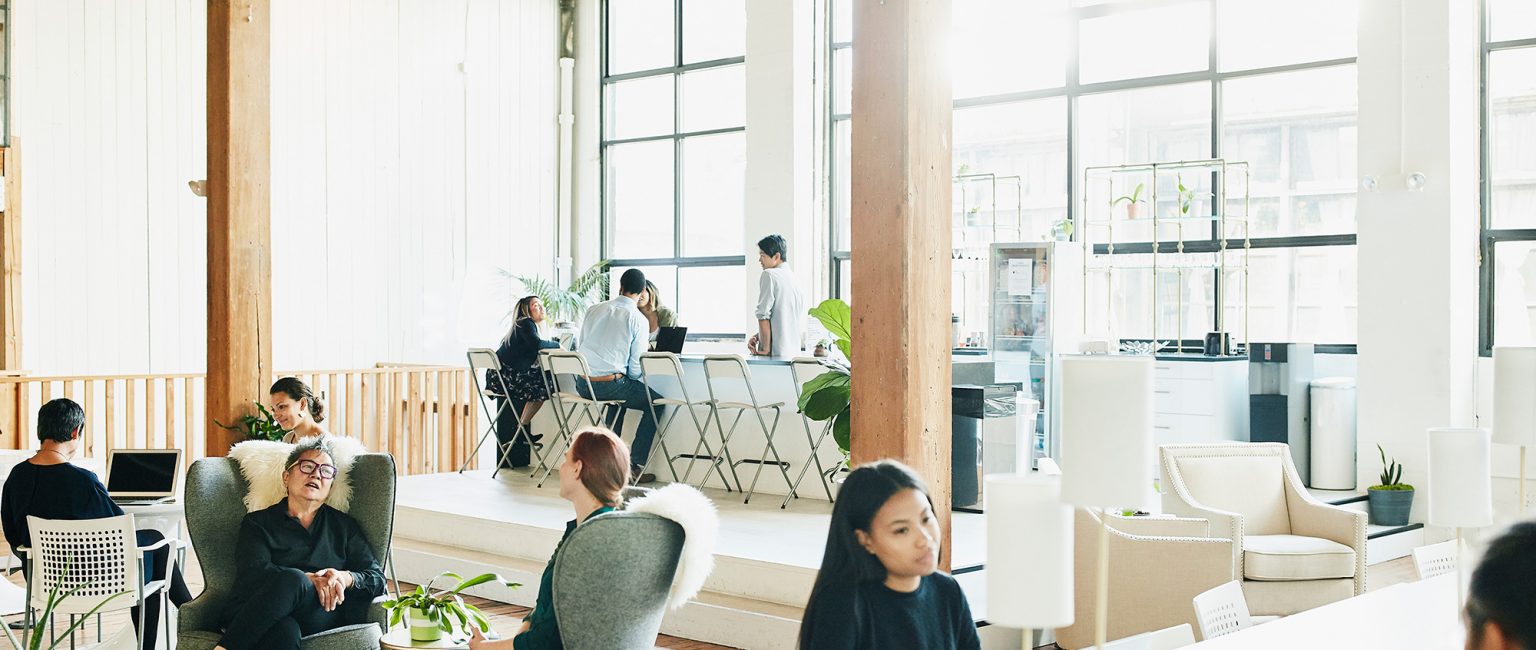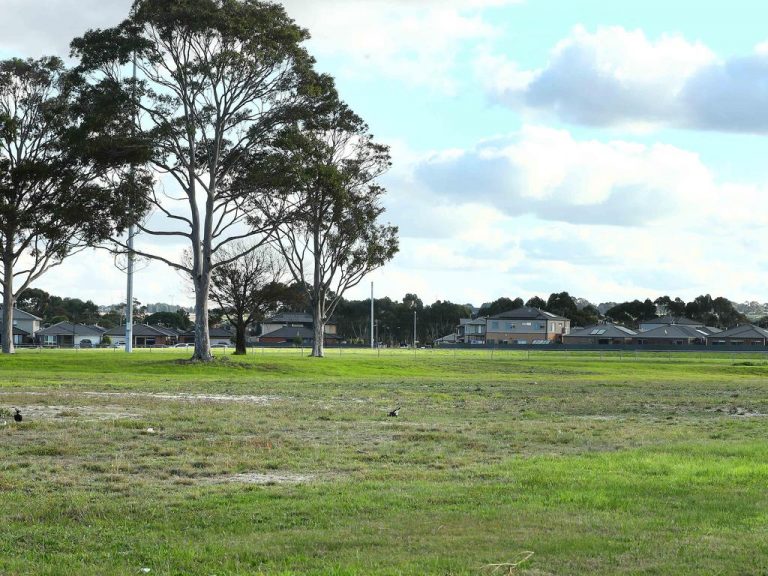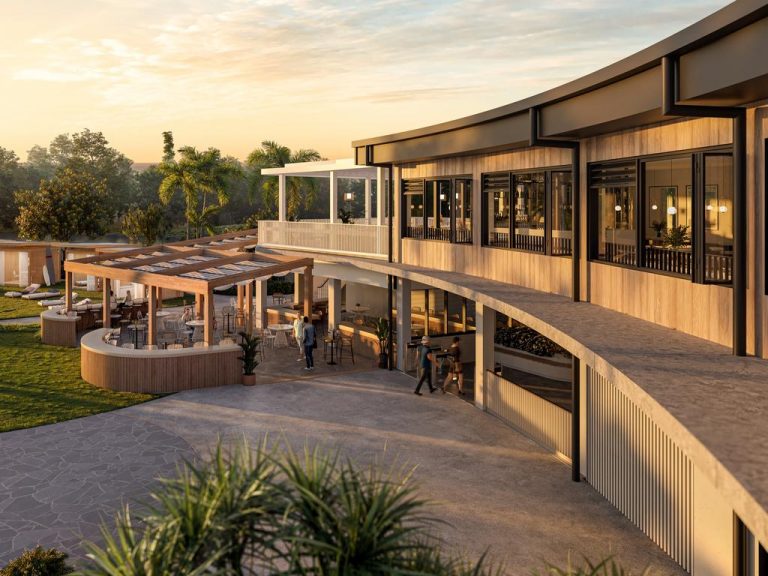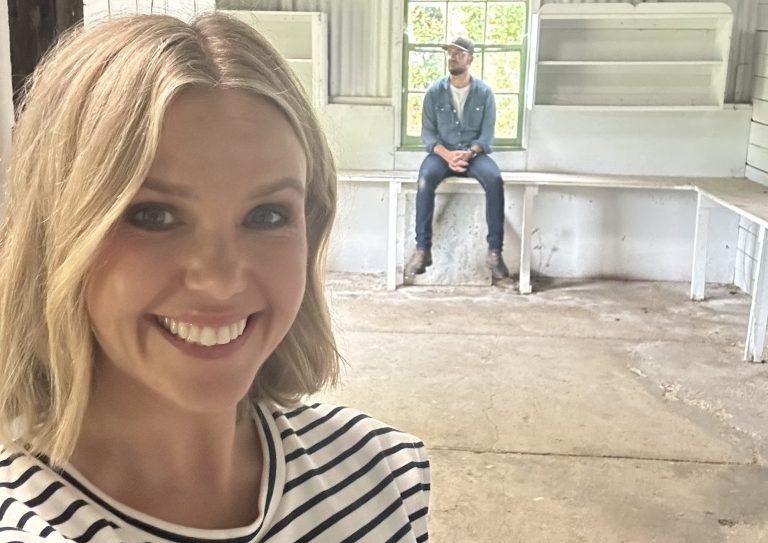Could the pandemic actually prove a boon for coworking?

Work from home mandates dealt a harsh blow to flexible office providers and – for some in the sector – proved too tough to survive.
But with offices now open again, the story is starting to shift. And far from spelling the end of the coworking, the rise of hybrid ways of working could actually prove a boon to the flexible office model.
Following the onset of the pandemic, the amount of vacant flexible office space shot up from just under 130,000 square metres in April 2020, to a peak of over 180,000 square metres during the second half of 2021, according to Rubberdesk’s Australian Flexible Office Space Report.
This trend is now starting to reverse, with Rubberdesk reporting a 7.4% drop in vacancy over the first quarter this year. Rents, which had been in steady decline since April 2020, now appear to be stabilising.
Why? Because more than ever, businesses require flexibility in the spaces they lease.
Traditional leases are typically on multi-year terms. When determining how much space to lease, businesses need to consider not only their current requirements, but how much space they will need over the coming years.
In the past, this often led businesses to commit to more space than initially needed, based on assumptions around how their workforce was likely to grow over the term of their lease.
Now that hybrid working has become the norm, determining space requirements has become even more challenging – particularly as many companies are still experimenting with the balance between in-office and remote.
However, the growing presence of coworking and other flexible office providers is allowing businesses to take a more conservative approach when establishing how much space to take at the onset of a new lease.
Should the need for more space arise, the flexible office model enables businesses to quickly expand their footprint – in some cases in buildings they already lease in. Likewise, this flexible space can be quickly relinquished.
Many of the larger office buildings in Australia’s CBDs now house coworking sites, with spaces ranging from extra desks to board and function rooms.

The Mezzanine areas in the Queen and Collins precinct in Melbourne offer flexible work spaces. Picture: Sharyn Cairns/ BVN+KTA
Access to these facilities on an as needs basis is appealing for many businesses and, in buildings with these spaces, could also act as a drawcard in the take up of traditional leases.
The flexible office model doesn’t just appeal to occupiers looking for additional space on top of a traditional lease structure. More and more businesses are shunning traditional office leases altogether and choosing to exclusively occupy coworking spaces.
Once thought of as the realm of smaller firms and start-ups, coworking spaces are increasingly attracting large corporates with bigger workforces – a trend that looks set to continue.
Confidence in the sector is growing and many of the largest flexible space providers such as Hub Australia, Creative Cubes and Spaces are launching new sites this year.
With the rise of hybrid working, flexible office providers look well positioned to take advantage of this growing need for adaptable spaces.







